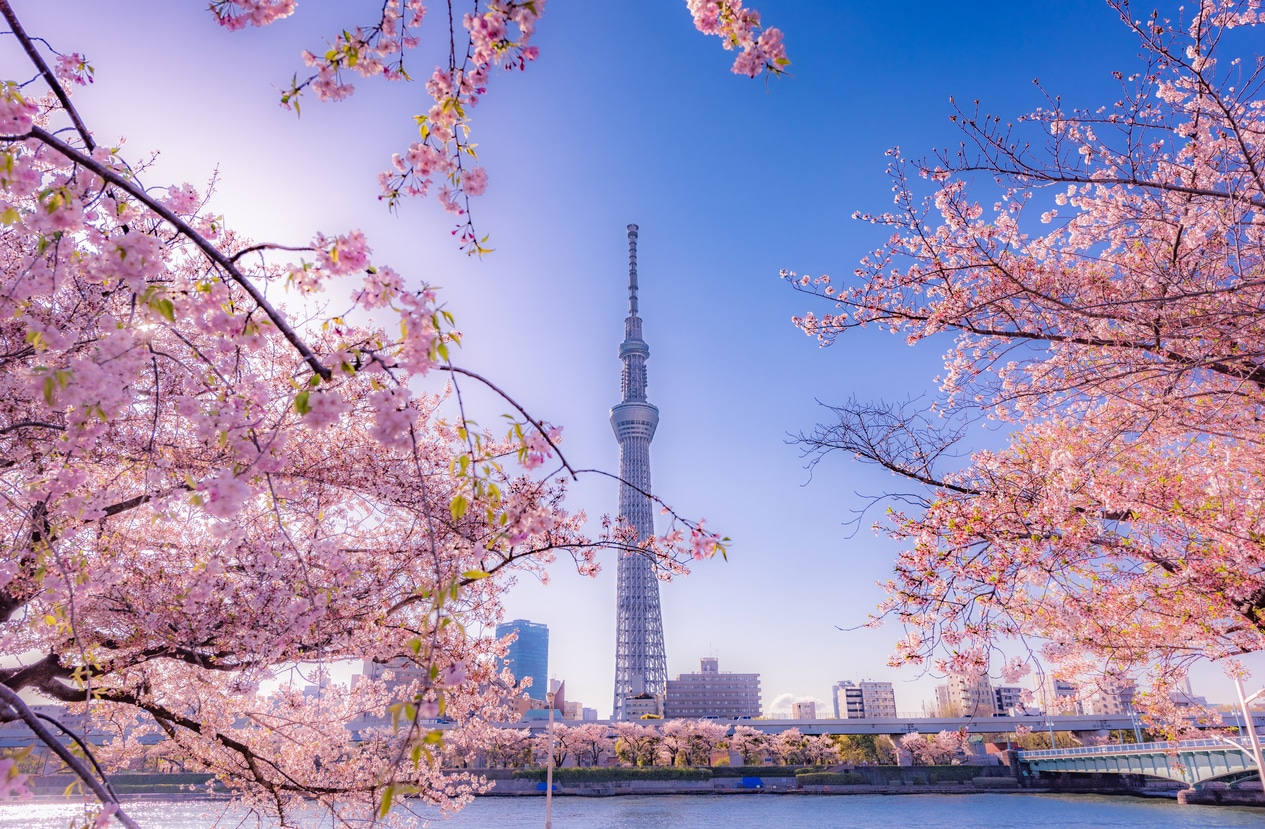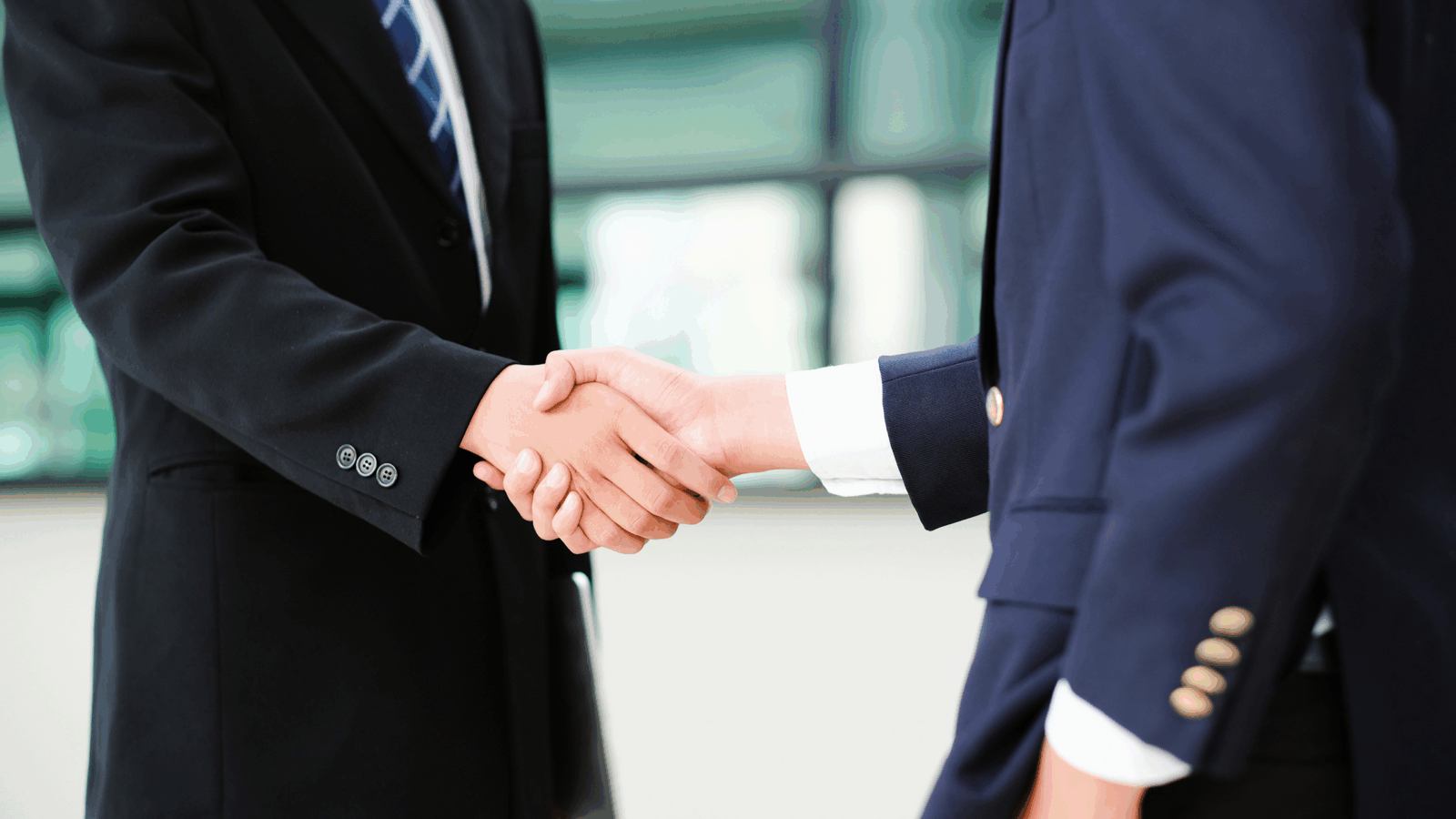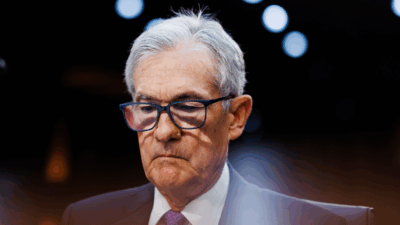
Sign up for smart news, insights, and analysis on the biggest financial stories of the day.
The Japanese Meteorological Agency officially declared this week the start of cherry blossom season after full bloom reached Tokyo. But, amid the waves of flowering pink-and-white sakura trees, the country’s currency is doing its best imitation of a wilting office plant.
On Monday, the Japanese yen fell to a seven-year low against the US dollar. The Bank of Japan is just fine with that.
Diverging in Synthesis
The immediate cause of Japan’s falling currency is a fork in the road between central banks. The Bank of Japan has maintained ultra-low interest rates, while the US Federal Reserve has become more hawkish due to inflation. After the Fed’s recent rate hike, 10-year US Treasury bond yields are at 2.5%, literally 10 times the 0.25% yield on a Japanese government bond. Antoine Bouvet, a senior rates strategist at ING, told the Financial Times it’s a “policy divergence on steroids.” Not surprisingly, since capital flows to where it’s treated best, the divide in rates has prompted a sell-off of the yen as opportunistic investors move with the tide.
There’s a simple reason both countries, for now, are fine with the decoupling. A weak yen means the US pays less for goods from Japan, a welcome deal when 7.9% US inflation is upping the price tags on everything from Big Macs to Teslas. In return, Japanese companies get more sales and a profit boost when cash from their foreign subsidiaries is converted to yen. The BoJ is willing to intervene to keep things this way:
- On Monday, the BoJ offered to buy an unlimited number of 10-year Japanese government bonds to prevent their yield from rising. The offer will stand through Thursday.
- The yen fell as much as 2.4% to ¥125 per dollar. The BoJ estimated in January that a 10% depreciation of the yen would add 1% to Japan’s GDP, and the Daiwa Institute of Research predicts a 10 yen depreciation will add $12 billion in profits to Japanese firms.
Purchasing Powerless: “A weak yen will further increase imported goods prices, possibly squeezing people’s livelihoods in Japan,” wrote the editorial board of Mainichi Shimbun, one of Japan’s major newspapers, arguing there’s a human downside. “The yen’s real effective exchange rate, an index showing the strength of a currency, is at a 50-year low.”
When Enough is Enough: Some analysts wonder if the government will intervene to prop up the yen for the first time since 1998 if sell-offs go too far. “It’s desirable for exchange rates to move stably, reflecting economic fundamentals,” Hirokazu Matsuno, the Japanese government’s top spokesperson, said Monday. “Any rapid movements are not desirable.”











